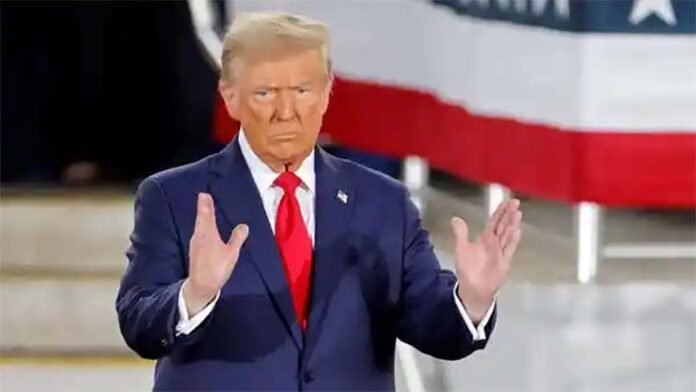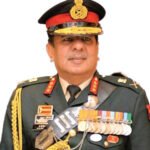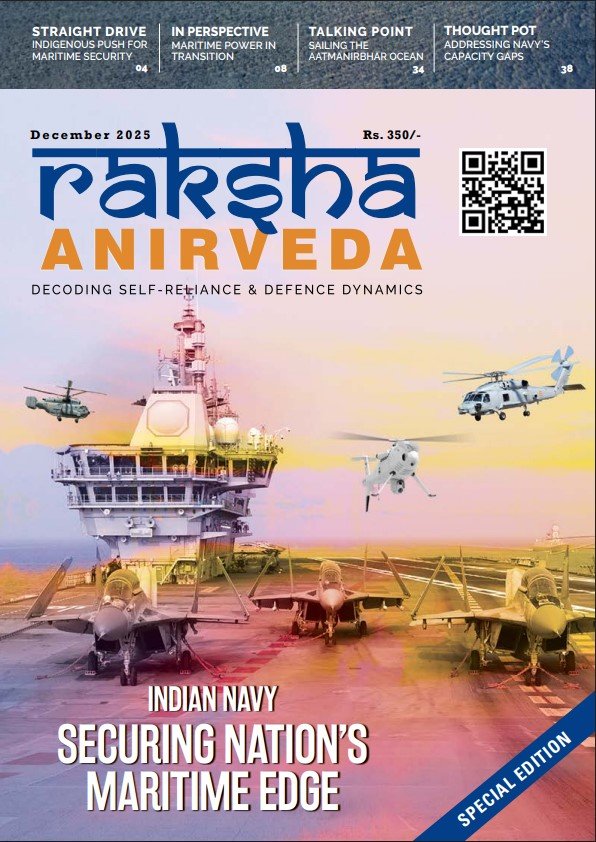The geopolitical storm with multiple conflicts and Trump’s disruptive politics is churning the global arena. The concept of power and stability is now a quicksand with alliances in constant pendulum swing, supply chains confused, and nations scrambling to stay afloat. In this storm, India stands as an anchor, steady and strong, refusing to be pushed around. And in Washington, even Trump has had to admit the obvious: the United States needs India more than India needs the United States.
America tried coercion. Trump slapped tariffs on Indian exports, lectured New Delhi over oil imports, and even floated the bizarre claim that the Ukraine war was somehow “Modi’s war.” None of it worked. India didn’t buckle. It didn’t go looking for American approval. It carried on, purchased discounted Russian oil, kept inflation down, established diplomacy with China, and told the world it wouldn’t be strong-armed into policies that hurt its own people. That is not just a strategy. That is strategic autonomy in action.
What followed was a fallout of Trump’s myopic coercion. American firms dependent on Indian pharmaceuticals, tech services, and talent started feeling the pinch. Tariffs that were supposed to punish India ended up creating pressure inside the United States. Supply chains snarled, lobbying in Washington intensified, and suddenly, the stick Trump swung looked more like a boomerang. If anything, this episode reminded everyone who really has leverage when it comes to future markets, manufacturing, and digital talent.
Tariffs aimed to punish India ended up creating pressure within the United States. Supply chains snarled, lobbying in Washington intensified, and suddenly, the stick Trump swung looked more like a boomerang. It reminded everyone who will have leverage in future markets, manufacturing, and digital talent
This is where India’s moral high ground matters. Europe was quietly buying Russian energy through back doors while demanding that India stop. India said no. It refused to play the hypocrite’s game. That stance resonated in the Global South, where leaders are tired of lectures from the West. It showed India was not just hedging, but leading, speaking for those who cannot afford the luxury of selective morality.
For Trump, this was a rude awakening. He thrives on deals, numbers, transactional wins. But India does not fit that mould. You cannot bully a billion-plus people with threats of tariffs or vague offers of “friendship.” India has a vast internal market, its own technological momentum, and a geopolitical position that no American carrier strike group can replicate. Geography, after all, cannot be imported. The sea lanes that run past India’s coasts are arteries of global trade. Without India as a willing partner, America’s Indo-Pacific strategy is half a skeleton.
This is the deeper truth: America’s need for India is not sentimental. It is structural. If Washington wants to counter China, it cannot do it alone. Japan and Australia help, but India is the anchor. And unlike treaty allies, India is not bound by American diktat. That independence, once seen as frustrating, is now the very quality that makes India useful. When New Delhi speaks, others listen because they know it is not just parroting Washington’s line.
India has a vast internal market, its own technological momentum, and a geopolitical position that no American carrier strike group can replicate. Geography, after all, cannot be imported. The sea lanes that run past India’s coasts are arteries of global trade. Without India as a willing partner, America’s Indo-Pacific strategy is half-baked
India and the US often have contradictory views. Trade disputes are routine. Immigration policy in the US remains a sore point, particularly for the Indian professionals who keep American industries running. India’s tariff policy irks the US. Trump’s unpredictability always leaves space for sudden flare-ups. Still, history tells the story. Every rupture has been followed by repair. In 1998, nuclear sanctions threatened to isolate India. Within two years, they were gone.
China remains the denominator in global and regional politics. Trust deficit remains irrespective of the recent optics. Border disputes remain, and both armies are competing to build infrastructure along the Line of Actual Control. On the one hand, Beijing courts India in multilateral forums and on the other, supports Pakistan against India. India sees through the game. Until the boundary is settled, there will be no real normalisation. That reality makes Washington’s partnership vital for India too.
Russia complicates the triangle further. India’s defence dependence on Moscow is not something that can be wished away. Nor is there its need for Russian energy. Critics in the West brand this as fence-sitting. In truth, it is hard-headed realism. India will not sacrifice its security just to please Washington. What it does offer, though, is a rare channel of communication with Moscow at a time when Western capitals have slammed doors shut. That is not a weakness. That is leverage.
Inside the US, Indian Americans hold growing political clout. They play a critical role in sectors from Silicon Valley to Pharmaceuticals, and shape domestic politics. Yet during Trump’s tariff coercion and rhetoric, they remained silent. They chose caution, perhaps rightly. Why provoke a President known for retaliating against communities he perceives as inimical? But silence cannot be permanent. As the strategic stakes rise, Indian Americans will have to step forward more forcefully. The relationship needs them as advocates, not just quiet success stories.
China remains a key player in global and regional politics. Both India and China are competing to build infrastructure along the LAC. Beijing courts India in multilateral forums but supports Pakistan against India. India sees through the game. Until the boundary dispute is settled, there will be no real normalisation. That reality makes Washington’s partnership vital for India
What makes the present moment so striking is that both sides know the alternatives are worse. If India drifts closer to China and Russia, Washington loses its best bet in Asia. On the same lines, India needs to balance its relationship with America-China-Russia for the furtherance of its national interests. America must accept that India will not be a client state but a willing partner. It will not sign up to every Western agenda or fall in line on demand.
So what should India do? First, keep its autonomy intact. Never let American pressure override national interest. Second, invest more in building a strong economy and defence forces so that dependence shrinks without leaving a vacuum for others to exploit. Third, play to its strength as a bridge between West and Global South, between democracies and those who feel excluded from them. India’s credibility lies in being fair but firm, principled but pragmatic. If New Delhi can hold that line, it will not just be America’s partner; it will be a power in its own right, shaping the terms of engagement.
The global geopolitics of the 21st Century is evolving fast. Authoritarian blocs are both hardening and crumbling. In this environment, the United States cannot lead without India standing beside it. That is the reality Trump has now been forced to acknowledge. Coercion failed. The real choice is no longer America choosing India. It is India deciding whether America still deserves its place at the head of the democratic world.
The author, a PVSM, AVSM, VSM has had an illustrious career spanning nearly four decades. A distinguished Armoured Corps officer, he has served in various prestigious staff and command appointments including Commander Independent Armoured Brigade, ADG PP, GOC Armoured Division and GOC Strike 1. The officer retired as DG Mechanised Forces in December 2017 during which he was the architect to initiate process for reintroduction of Light Tank and Chairman on the study on C5ISR for Indian Army. Subsequently he was Consultant MoD/OFB from 2018 to 2020. He is also a reputed defence analyst, a motivational speaker and prolific writer on matters of military, defence technology and national security. The views expressed are personal and do not necessarily carry the views of Raksha Anirveda






